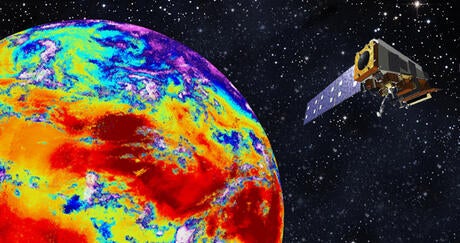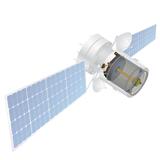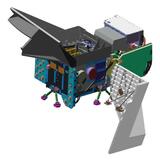About JPSS
JPSS is the nation’s advanced series of polar-orbiting environmental satellites. They provide sophisticated meteorological data of Earth’s atmosphere, oceans and landscape for seasonal, short- and long-term monitoring and forecasting.
The JPSS fleet is enhancing weather forecasting by:
- Orbiting Earth 14 times per day
- Providing global coverage of weather observation twice a day
- Enabling scientists and forecasters to study long-term climate trends
Additionally, JPSS is accelerating weather data to fuel accurate forecasting. The global measurements and data collected from the JPSS fleet will enable scientists and forecasters to more accurately predict severe weather three-to-seven-days in advance.





















